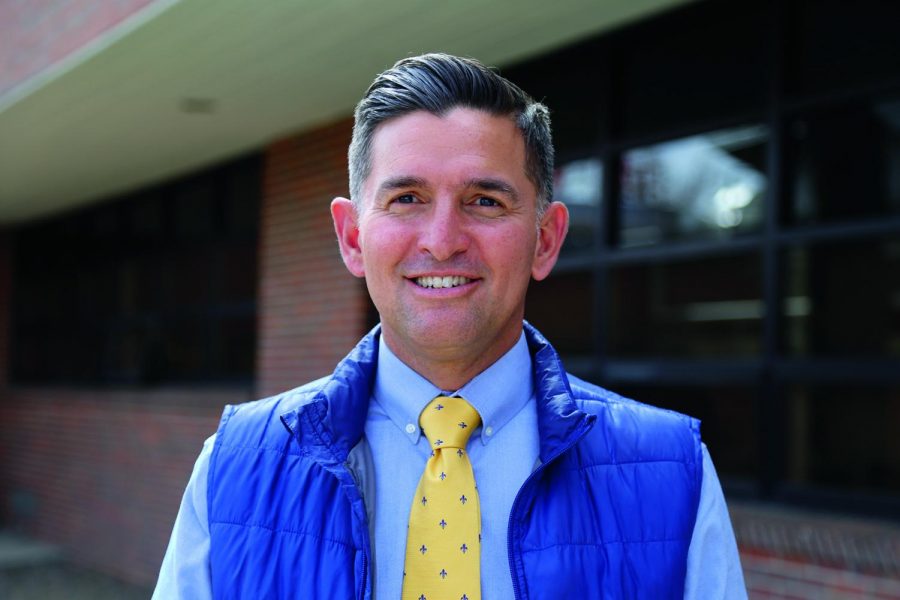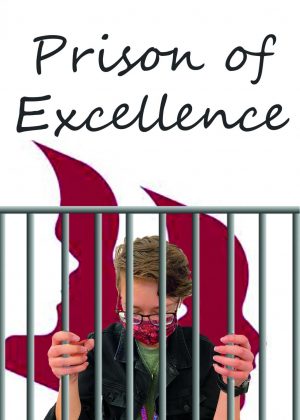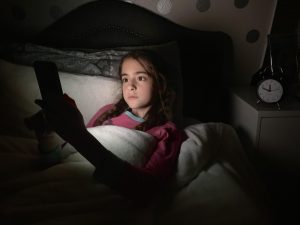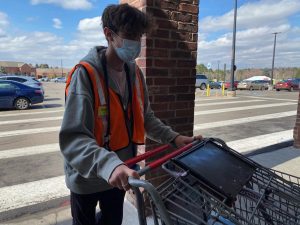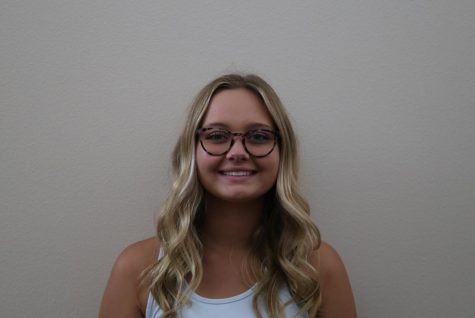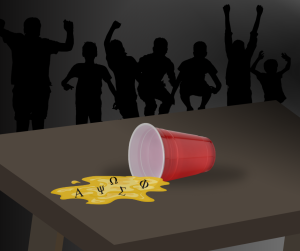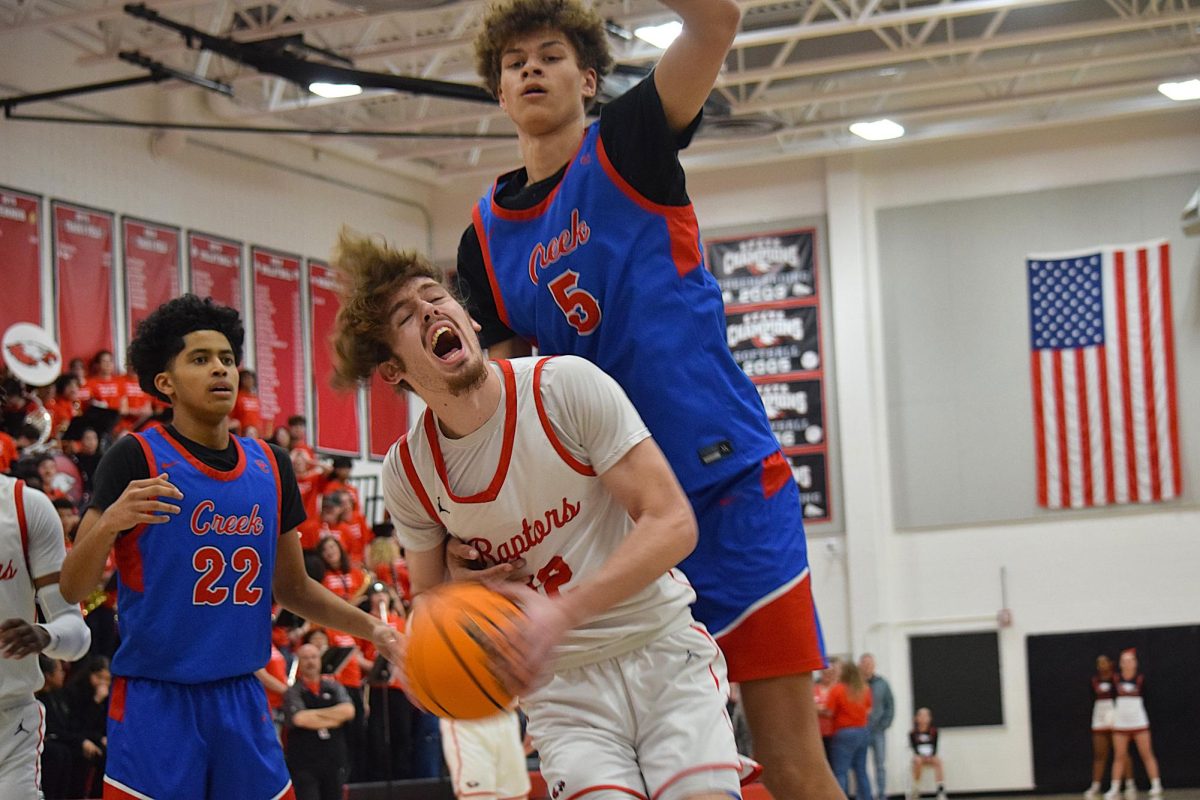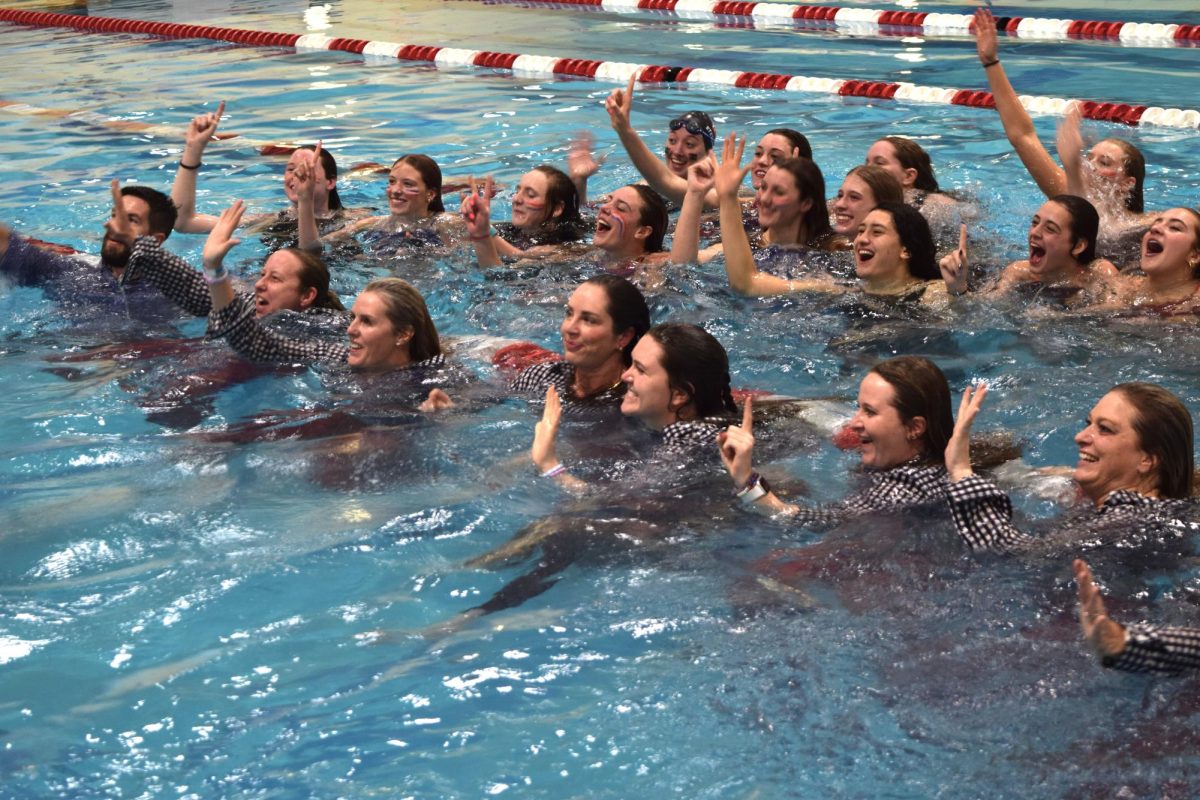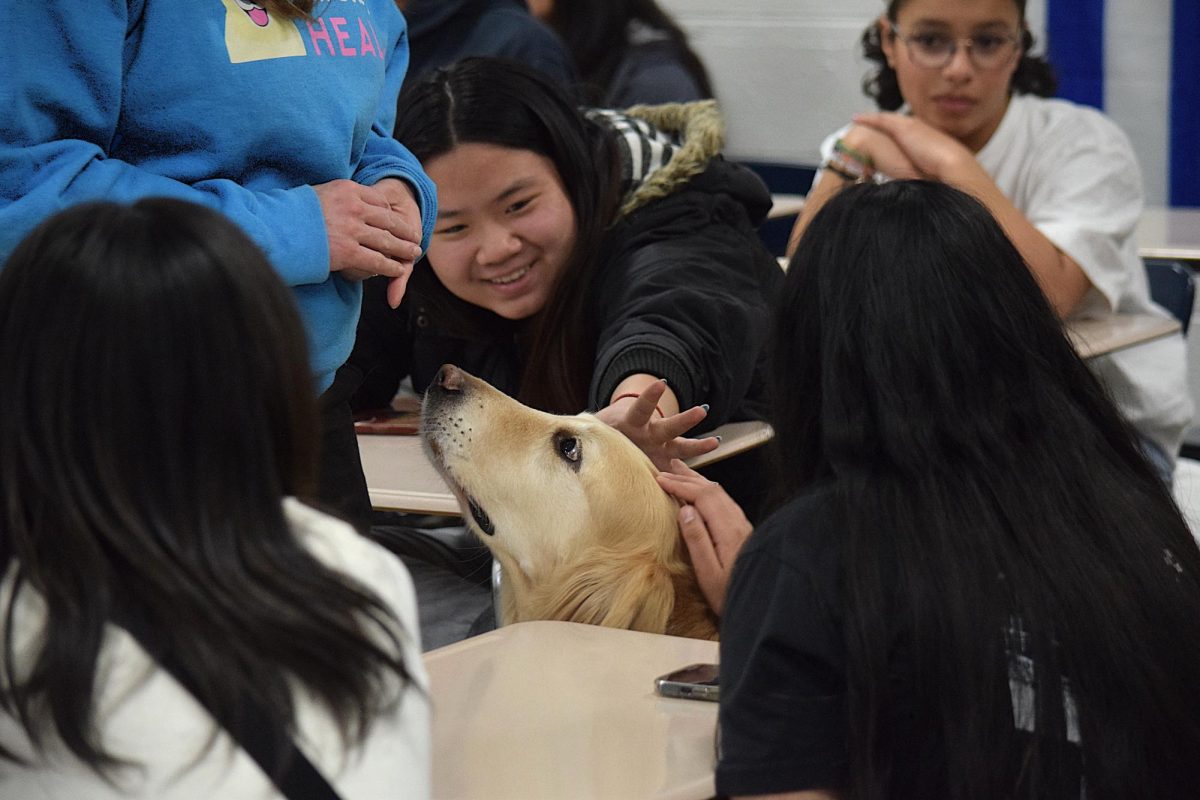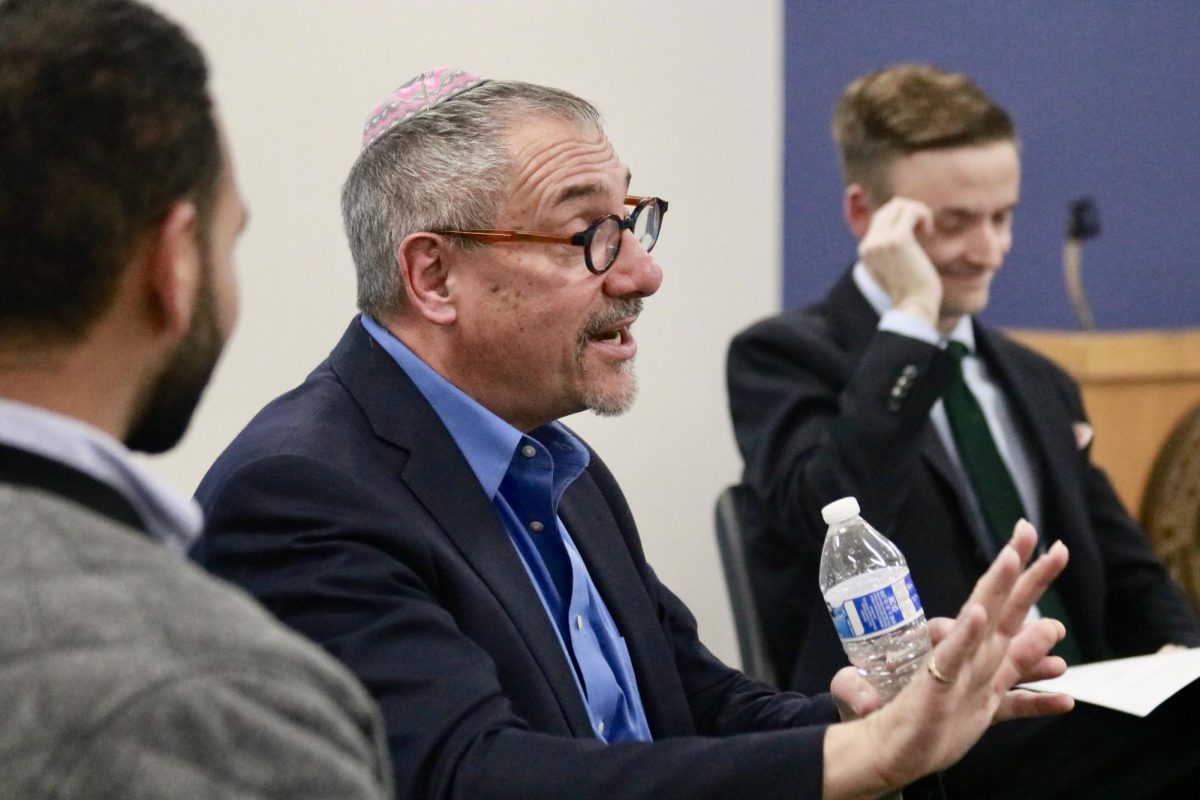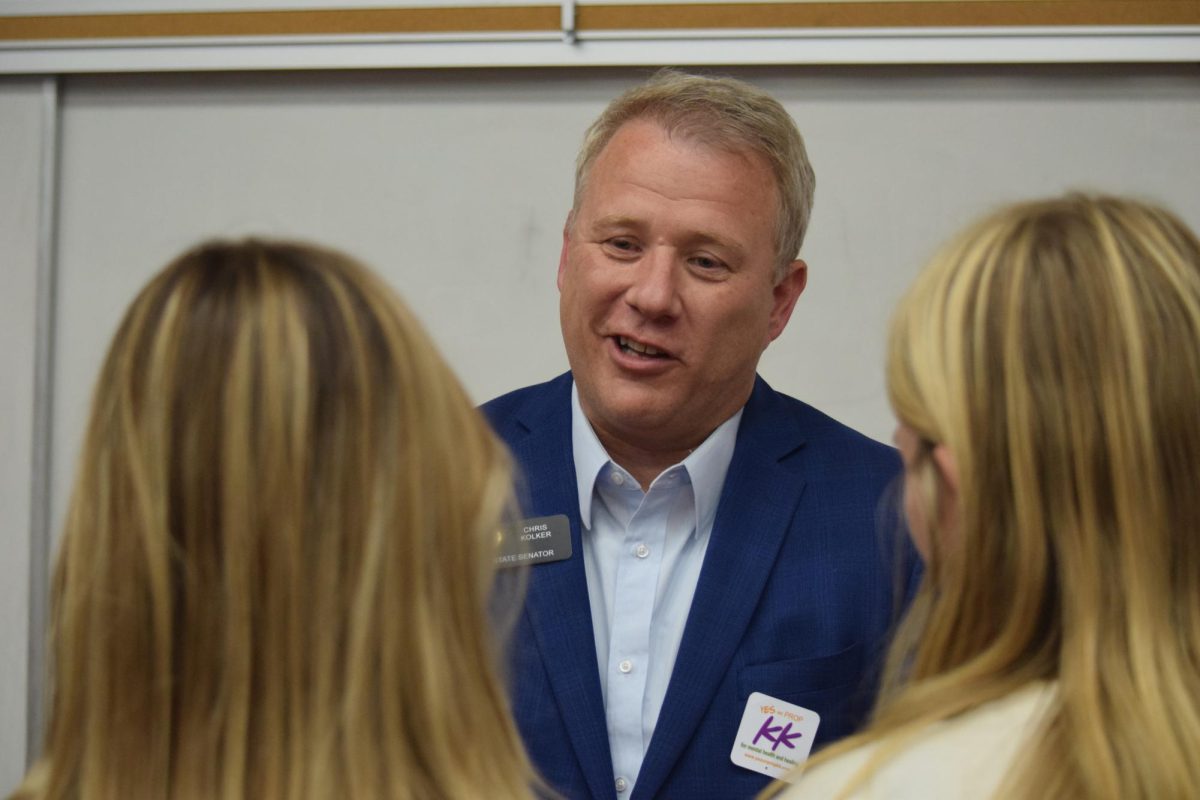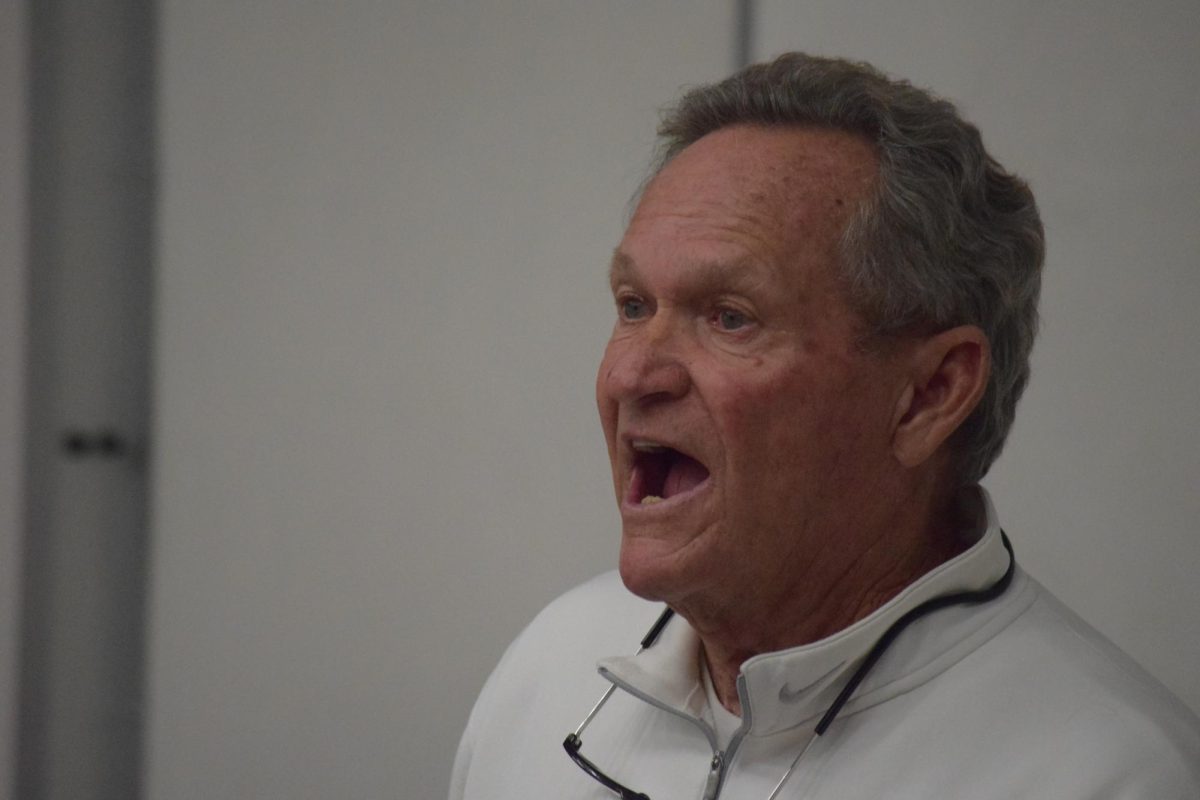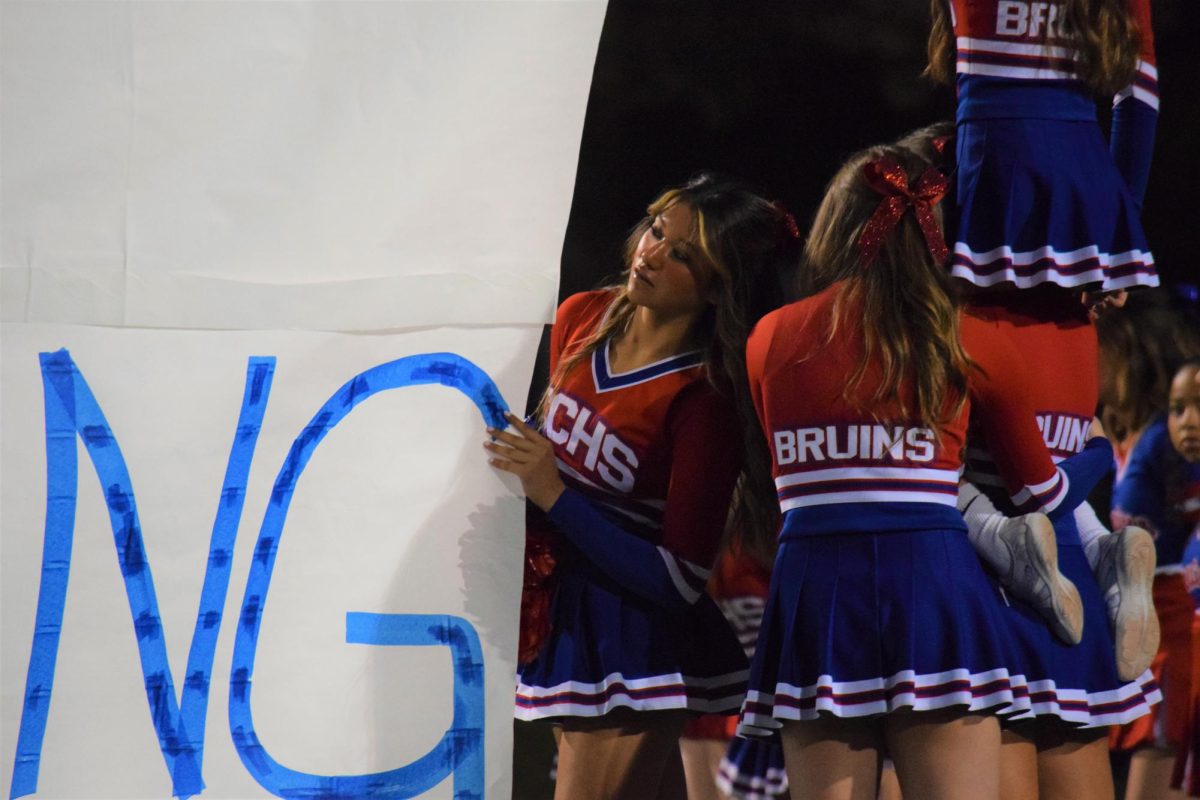Discussing Creek’s mental health with Principal Ryan Silva
Principal Ryan Silva has been running our school for 12 years.
April 4, 2021
What do you want students to know about what Creek is doing to help students’ mental health?
Our goal is to definitely do our part in supporting mental health, because I know that it’s a responsibility that the school owns part of. We certainly want to make sure that we’re doing all that we can to uphold our part, so when there is a concern for a student, we want to make sure that we’re getting that process started in any way that we can at school, but then also making sure that we’re monitoring the students and supporting them.
Sometimes, that can mean that we are supporting the student very directly, and sometimes it’s behind the scenes – monitoring grades, behavior, all those things, so that we don’t see any signs that would indicate that there’s something bigger.
What resources and training does the school give teachers, regarding students’ mental health?
We do trainings, generally at the start of the school year, during the work week before school. Mental health support is one of them. And then, also, if something were to happen, and the teachers have a student who they need to support, then the mental health team can also provide them with some resources.
Why do you think there’s such a huge disconnect between student ideas on mental health and district and school ideas on mental health?
Our primary function in the school is to provide an education. We’re not a mental health facility, so there are limitations on what we can do, and maybe even should do. Maybe that’s where the disconnect lies, where sometimes the school’s role is thought to be different than what it actually can be.
One thing that is changing is we are going to have our own CCSD mental health facility. There’s an acknowledgement that the needs in our community are bigger than what schools and the state can support. There have been times where we’re concerned about a student, but then there are no outside resources to support that student. That’s troubling. The district didn’t want to be dependent on outside organizations to support mental health, so that’s why we will have our own mental health facility in our district.
During my time in education, the things that schools do to support mental health have become more a part of what we do all the time. Every single Monday, we start our admin meeting reviewing the students from the previous week who we had to conduct a suicide risk assessment for. We talk about who they are, and what their needs are, and what plans we have that we could support at school.
There’s a lot of confusion among students right now. We have a lot of policies around teaching remotely and in hybrid schedules that aren’t being followed by every teacher. Why do you think there is still inconsistency in that?
The one piece that I think should be clear is that this year, students are able to make up work throughout the entire semester, and then earn up to full credit. I feel like that has been made very clear and there shouldn’t be any confusion on that. And if people aren’t following that then we definitely need to address it because it won’t be supported.
How are students involved in mental health decisions and reformations at Creek?
The entire district has the Sources of Strength program. That incorporates the student voice. And then the district has also done different mental health plans, and they have committees that include student representatives from each school. So, for example, one of the the Signs of Suicide videos that we do as a district, we created our own instead of working are using outside resources. We wanted to have the students influence what that looks like. We show that at least once a year, and it was CCSD students who created that – half a dozen of those kids were from Creek.
Is there anything else you want to add, or that you want Creek kids to know?
The starting point is that we very much care about the overall student. We see you as an individual student, who has needs apart from academics. I think there’s a lot of resources that exist before you get to the limitations of what we can do.
And then when we reach those limitations, we always communicate with the family– “we feel like your child needs more, and here’s some routes you can use to support them more.” There’s times where we know that the child needs more, and the family isn’t doing their part. That’s pretty concerning, and sometimes it can be because of money. But we have more partnerships now where we can get free support for families for whom that’s the only obstacle in supporting their child more.

